
views
Washington: After a New Year's Day holiday, Indian American astronaut Sunita Williams and her two companions at the International Space Station spent another busy week preparing a second oxygen-generating system and upgrading soundproofing in their living quarters.
With new gear delivered just before Christmas by space shuttle Discovery that brought Williams to the station, she and Commander Michael Lopez-Alegria installed in the Destiny laboratory the oxygen generation system delivered on the earlier shuttle mission in July 2006.
The new generator will supplement the Russian Elektron oxygen system on the station.
The additional oxygen generating capacity will be important as the standard station crew size increases to six as the complex grows, the National Aeronautics and Space Administration (NASA) said.
In their work with the new system, Williams and Lopez-Alegria installed a hydrogen vent valve and power, data and fluid hoses and cables. The system will be activated and tested later this year.
Also this week, the crew marked milestones in two laboratory experiments with Williams setting up the hardware for the Test of Reaction and Adaptation Capabilities, or TRAC investigation on Tuesday.
It is a NASA-sponsored experiment jointly managed by scientists from Germany and Canada.
Crew's hand and eye coordination are tested before, during and after missions. For the tests, subjects use a joystick to control a cursor on a computer screen and respond to audio and visual stimuli.
The experiment gathers data about how, and to what extent, the brain adapts to weightlessness.
Crewmembers also completed the final operations of a biological experiment on the impact of varying levels of light and gravity on plant root growth.
The final images of samples in the European Modular Cultivation System were taken and downlinked, and the samples were stowed in a freezer for eventual return to Earth.
Friday morning, Lopez-Alegria and Williams took time out from their work to share their mission with a group of students in the fifth through eighth grades from the Columbia Explorers Academy on Friday morning.
From the Adler Planetarium in Chicago the students asked the astronauts about living in orbit and the goals of their mission.
Meanwhile, flight engineer and cosmonaut Mikhail Tyurin worked in the Russian segment of the station, where he upgraded soundproofing of the ventilation system. Tyurin installed new fans, sound-deadening vibration isolators and air ducts with acoustic shields to reduce the noise they create.










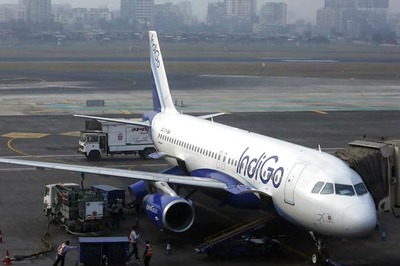
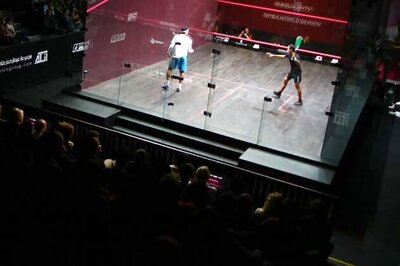
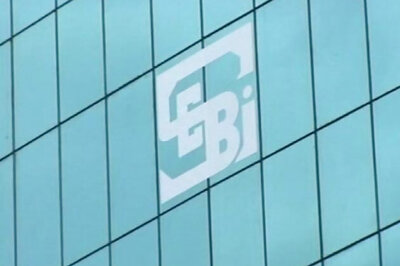

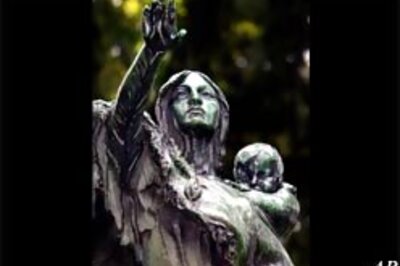


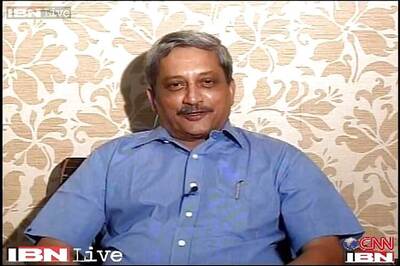

Comments
0 comment